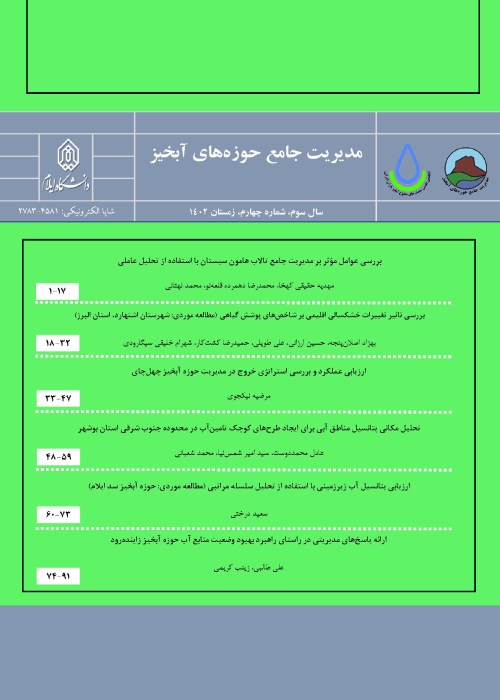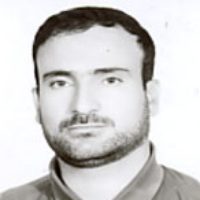Evaluation of Artificial Neural Network and regression models in prediction of soil organic carbon (Case study: The Pakal Catchment, Markazi province)
Organic carbon is one of the most important components of soil ecosystems, and changes in its amount and composition have fundamental effects on the processes that occur in each system. Soil is a source for carbon storage and deposition in connection with the atmosphere. Since pastures have a great capacity for carbon sequestration and are broad in arid and semi-arid areas of Iran, the study of organic carbon content and spatial changes in these ecosystems are important. In developing countries such as Iran, which are facing a soil erosion crisis, this issue can lead to the creation of a solution that aims at soil conservation, optimal utilization of land, as well as reforming and reviving destroyed pastures. Considering the role of organic carbon in soil management and stability, preventing soil erosion, monitoring the amount of carbon dioxide in the air, and predicting soil organic carbon on a regional, national and global scale are of particular importance.
The study area of this project is the Pakel catchment from the sub-basins of the Qara Chai River. This catchment is located in the southwest of Shazand city, at a distance of 43 kilometers from the city of Arak. Random-systematic sampling was done in 60 points from the soil depth of 0-30 cm. Soil properties such as apparent specific gravity by cylinder method, pH and EC were measured after the preparation of saturated soil. Organic matter were measured using cold method based on oxidation of organic carbon. Then, soil properties were used to model soil organic carbon. For this purpose, statistical regression and artificial neural network were used.
The amount of organic carbon in the soil is affected by the physical and chemical properties of the soil. It is therefore necessary to use calculation methods with optimal accuracy in estimating this complex and important parameter. It is possible to compare different models using RMSE, R2 and CE indices. Paying attention to the index values shows the relative advantage of the models. The general results of the research show that in natural areas where the problem of sampling and the costs of their analysis are at a high level, it is possible to use artificial intelligence methods with the help of data to estimate soil organic carbon. It is expected that in future studies, in order to create a more reliable model that predicts more variability of the amount of soil organic carbon, denser sampling and integration of physiographic and soil variables affecting organic carbon will lead to satisfactory results. Due to the complexity of soil organic carbon relationships and soil physical and chemical properties, it is better to ignore complex analyses that include various coefficients for adjusting the mathematical formulas of models and use artificial intelligence methods which have high flexibility.
The results showed that the artificial neural network with RMSE=0.043 and CE=0.87 compared to the regression model with RMSE=0.08 and CE=0.51 is better in estimating organic carbon. The comparison between the regression and neural network models showed that the values estimated by the neural network are more accurate than the regression method. It is suggested to carry out periodic carbon deposition monitoring studies in the study area in order to check the temporal changes of carbon deposition in the intended land uses.
- حق عضویت دریافتی صرف حمایت از نشریات عضو و نگهداری، تکمیل و توسعه مگیران میشود.
- پرداخت حق اشتراک و دانلود مقالات اجازه بازنشر آن در سایر رسانههای چاپی و دیجیتال را به کاربر نمیدهد.



